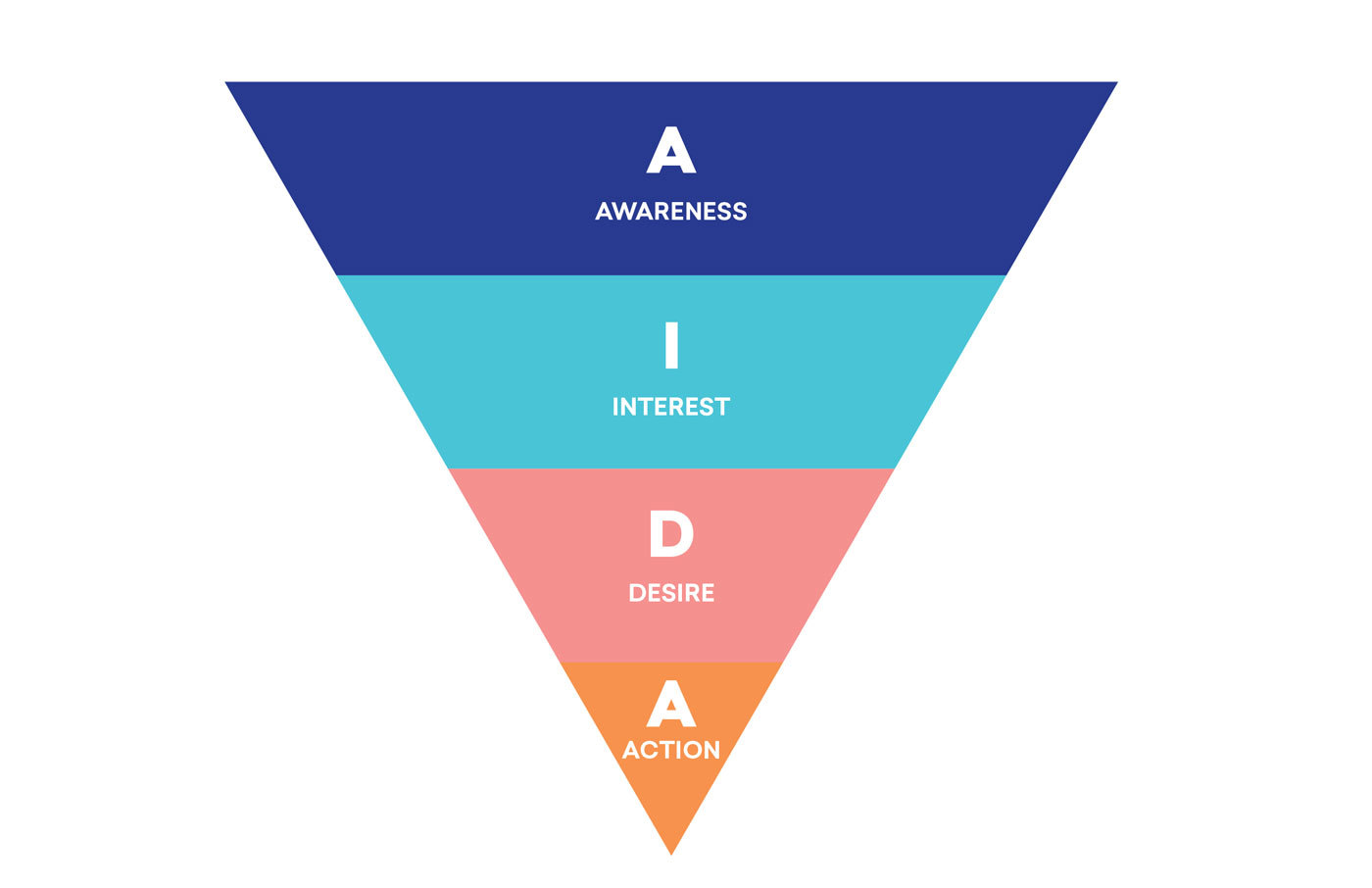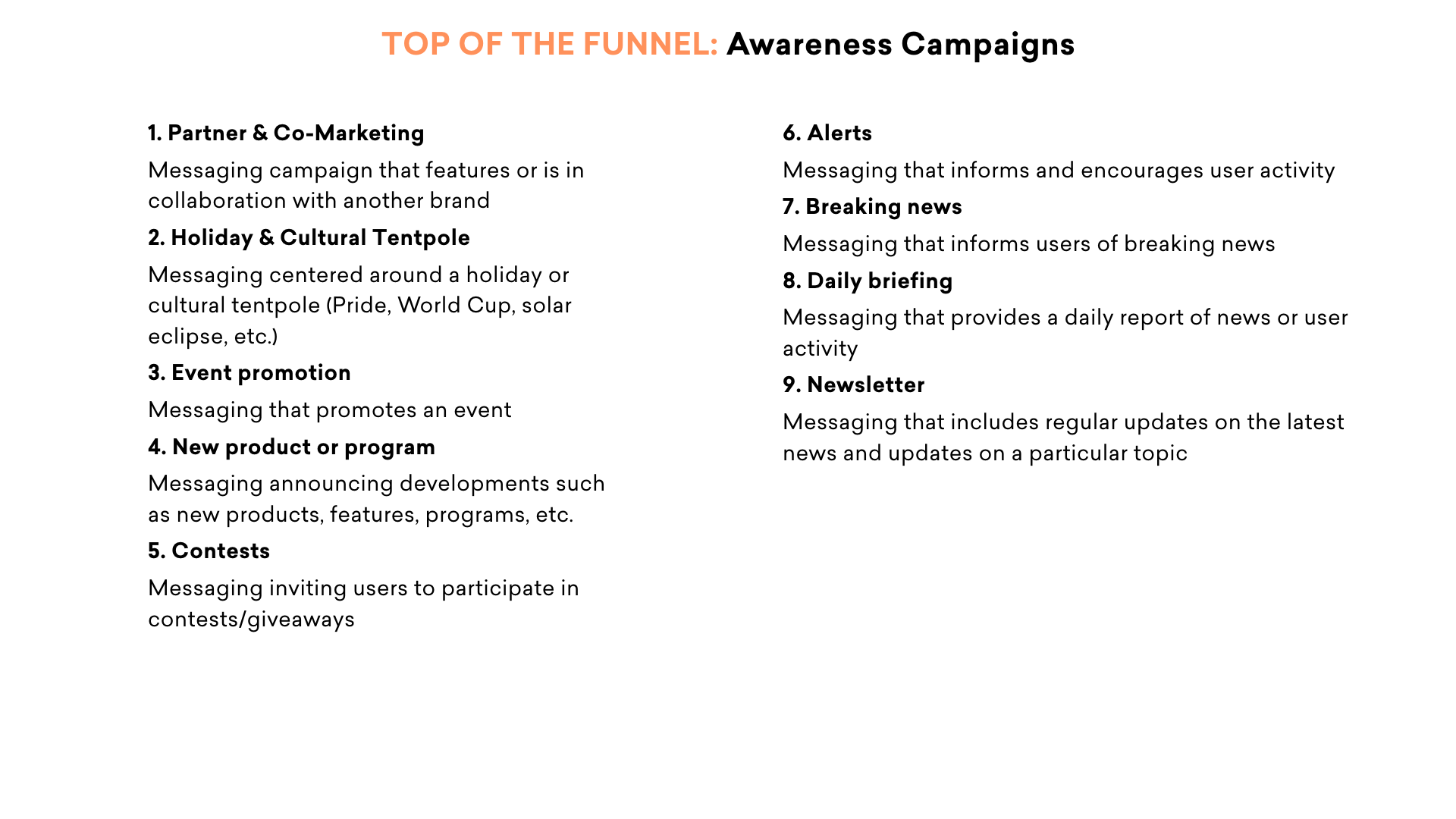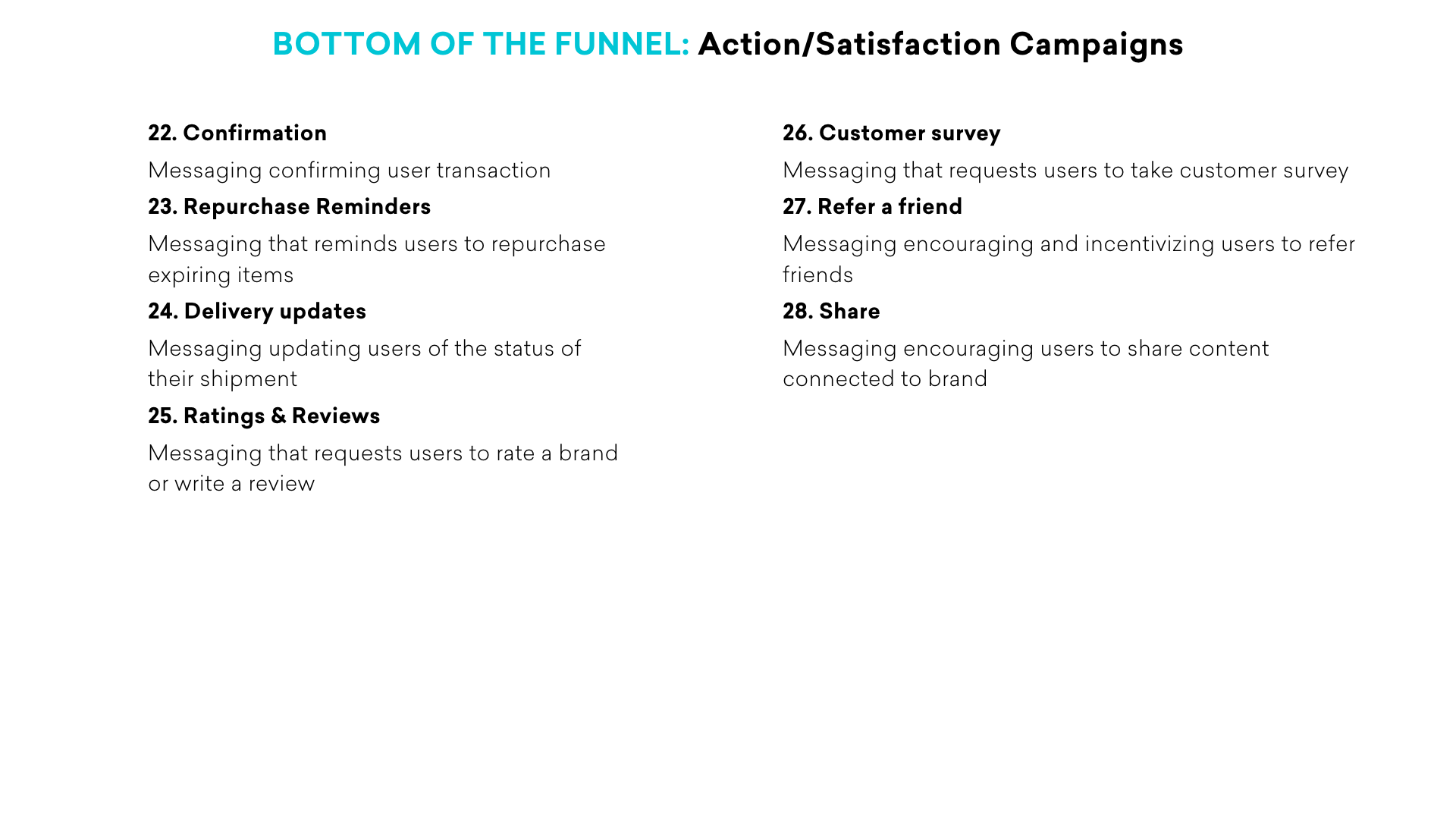Lifecycle Marketing Best Practices: 33 Campaigns to Drive Customer Engagement
Thank You
1. SO, WHAT IS LIFECYCLE MARKETING, ANYWAY?
Picture walking into your favorite bar where everyone knows your name, only to have the management and offerings change. Suddenly, you’re faced with completely new personnel and an entirely different selection of drinks. Instead of being a regular, you may find yourself back to square one, aware that the bar exists, but not sure if it’s the place for you anymore. If the bar is smart, they’ll have thought of ways to keep you engaged through the changes and retain your business, created with your lifecycle status—a loyal customer—in mind.
But it’s not just new companies or those going through structural changes that should take this view. All businesses benefit when they understand how to best serve customers wherever they are in their customer journey. And that’s lifecycle marketing in a nutshell.
2. THE TRADITIONAL LIFECYCLE MARKETING FUNNEL...
So how do you start mapping the important stages for the users of your product or services? Thankfully, marketers love creating models and visualizing them—particularly as funnels—which means you and your team don’t have to start from scratch.
And what better place to start than with what may be the OG of customer journey marketing funnels?

If it looks familiar it’s because it’s been around a long while, as in it was around all the way back in the 1800s. Though this model has been tweaked and refined over time—you may see variants using different nomenclature for some of the phases—the general gist has stayed the same. You start off with a wide net of people that narrows to smaller and smaller segments, with the smallest being paying or engaging customers.
- Top of the funnel (fun shorthand: TOFU): This group is aware of a company and may need to learn more before moving forward.
- Middle of the funnel (fun shorthand: MOFU; careful with this one and autocorrect): If things are going well, the aware audience progresses from interest to desire; some other models may refer to additional or alternate steps, including consideration, evaluation and intent.
- Bottom of the funnel (fun shorthand: BOFU, yes, really): This is where the action’s at, literally, be it a purchase or other kind of conversion. Some models recognize that there’s more to a long-term relationship than just action, such as satisfaction, retention, loyalty, advocacy, and evangelism.
3. ...VS. THE NEW CUSTOMER JOURNEY MAP
So now that you understand or have had a refresher on the original marketing funnel, let’s take a look at how things have changed in the digital age. There’s an added lens to consider: What is your acquired customer’s level of engagement across channels on a scale from inactive (no longer engaged) to loyal (most engaged)? You may find the same customer loves your emails, but has disabled permission for push notifications. And while they may read your content on the regular, they may not have booked a trip through your travel website in months. In other words, the journey isn’t linear. Once a customer has taken an action, that’s not necessarily the stage where they’ll stay.

4. MAPPING CAMPAIGNS TO EACH STAGE OF THE CUSTOMER FUNNEL
You’ve brushed up on the traditional lifecycle funnel, and you now know to consider the additional layer of user activity and loyalty. Next, here’s where you can dive in deeper into campaign strategy ideas that will drive customer engagement at each step of their journey.
We’ve identified 33 to help you get started, and then it’s your turn to shine as you think of innovative ways to apply these ideas to your business, keeping your unique customers and their stage of activity in mind. You’ve got this.

Considerations for loyalty status: For inactive or lapsing users, you may want to try retargeting messaging—taking a different approach or using a different channel—if an acquired user is no longer opening or clicking on your emails or is ignoring or has opted out of push notifications.
To Do: Choose 3-5 campaigns that make sense for your business. If applicable, create variants for, lapsing, active, and loyal users.

Considerations for loyalty status: For those who signed up for an account, but haven’t completed the process or advanced to using their account or making purchases or completing other conversions, you may opt for re-engagement messaging, intended to incentivize and encourage dormant users to re-engage with a brand.
To Do: Choose 3-5 campaigns that make sense for your business. If applicable, create variants for, lapsing, active, and loyal users.

Considerations for loyalty status: It’s not to say that nothing good lasts forever, but remember that a one-time customer is not necessarily a repeat customer. Once someone has completed an action, such as becoming a member or completing a purchase, nurture campaigns may help prevent active customers from becoming lapsing or inactive ones.
To Do: Choose 3-5 campaigns that make sense for your business. If applicable, create variants for, lapsing, active, and loyal users.

Considerations for loyalty status: Do newly loyal customers have different motivations than veteran evangelists of your product or service? You could send A/B campaign variants to two different segments (say, loyal users who’ve been an active email subscriber for 6 months or more vs. those who’ve been subscribers for less than 6 months) and see if they are interested in different rewards or milestone recognition, for instance.
To Do: Choose 3-5 campaigns that make sense for your business.
5. STRATEGY MEETS CAPABILITIES
You have the know-how and the motivation, but if your customer data is living in silos, you can’t act on it. Find the lifecycle engagement technology that will support your campaign needs and allow you to create and deliver meaningful messaging at scale.
6. WHERE TO GO FROM HERE?
You have your homework assignment: For each lifecycle stage, select 3-5 campaigns from our suggestions that make sense for your business and note any modifications needed for lapsing, active, and loyal users. To help you out, we've created an exclusive downloadable lifecycle marketing worksheet.
Lifecycle marketing isn’t just a buzzword—in fact, research has shown being consumer-centric pays for businesses. We’ve identified 33 winning customer engagement campaigns. It’s up to you to think of innovative ways to apply these to your business, keeping your unique customers and their activities in mind. (But don't worry; we're here to help.)
In this guide, you will learn:
- What lifecycle marketing is and what the stages of the traditional funnel are
- What the new way is to map customer journeys (and why it matters)
- How to connect campaigns to each stage of the funnel using customer journey mapping
Take a deep dive into these 33 customer engagement campaigns and get the exclusive downloadable lifecycle marketing worksheet by reading the guide today.

Trusted
Today’s top global brands are sending tens of billions of messages per month to over 5.5+ billion monthly active users (MAU) with Braze.







